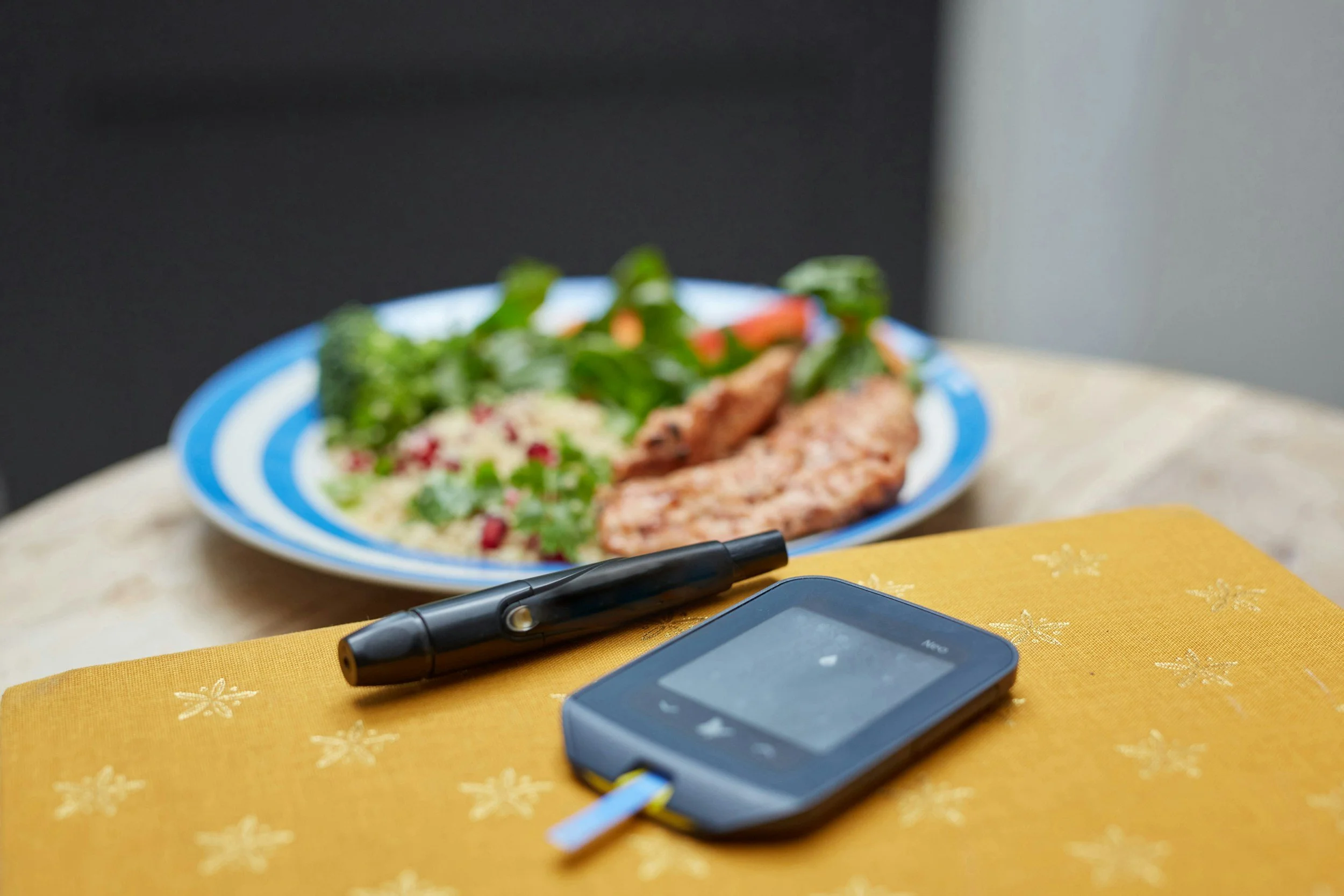Blood Sugar Spikes: Why You and Your Best Friend Can Eat the Same Thing Yet Have Different Glucose Responses
Why does bread spike my blood sugar?
Imagine you and your best friend are at brunch enjoying the same breakfast plate with maybe some eggs and potatoes and other deliciousness on the side. She had convinced you to get a continuous glucose monitor to match hers so you both check your blood sugar levels after you eat. Shockingly, even though you ate the same exact thing, your blood sugar is skyrocketing while hers is causing a minor blip and a minor tear in your relationship and faith in humanity. How can this happen when you ate the exact same thing?
For too long the world of blood sugar regulation has taken a “one-size-fits-all” approach. And that’s after you already have prediabetes or diabetes because your doctor told you not to worry about it as your blood sugar crept up over the years. I don’t know about you but I’m totally over hearing this story from clients.
The world of CGMs and personalized nutrition means that we can do a deeper dive into what foods are driving your insulin resistance, hypoglycemia, and prediabetes. It means that we can go beyond the glycemic load list and learn how to keep blood sugar steady to improve mental health, energy, and metabolism. And yes, this might be entirely different than your best friend’s plan!
The Science Behind Glucose Response: How Your Body Processes Different Carbs
A new study came out in the journal Nature in June of this year that really illustrates this concept. Researchers found that glucose response to high-carb foods such as rice, pasta, bread, potatoes, and grapes (standardized to the same grams of carbohydrate) was individualized based on the participant’s insulin sensitivity and metabolic physiology. In simple terms, this means that the 55 participants did not respond the same to these high-glycemic foods even though traditional thought is that they would cause the same glucose response due to their glycemic load.
For those who were considered insulin resistant (a consequence of dysregulated blood sugar over time), they spiked higher after potatoes and pasta, up to double the spike that insulin-sensitive people showed. It’s worth noting the pasta and potatoes were cooked and cooled to increase resistant starch, which we generally think of as helpful for blood sugar. Although the insulin sensitive group didn’t have as sharp of a response to potatoes and pasta, they were more likely to spike after consuming grapes and rice. Why grapes and rice? Not entirely sure but it probably has something to do with the simple carbohydrates. So in summary, this shows different metabolic physiology plays a role in which foods a person responds to.
What causes high blood sugar?
Beyond just glycemic load and glycemic index, or how many carbs are in a food, there are several factors that influence how your blood sugar reacts to certain foods. Meal timing, your gut microbiome, composition of a meal, stress, and skeletal muscle mass are just some of the individual factors that influence your glucose response.
It can be incredibly confusing to wade through these waters yourself so I’ll put a shameless plug in now– work with a functional nutritionist to help decipher your individual blood sugar needs!
Enter: personalized nutrition
Although I am pro-CGM trials to track individual responses (and by the way this is a completely unsponsored opinion!), the lesson here is that you can do your own carb experiments to see what your individual response is. By monitoring energy, fatigue, lightheadedness, sleepiness, and headaches after a meal and throughout the day you will be able to pick up on what might be causing blood sugar spikes for you. Going back to the brunch example, if half an hour after your eggs and potatoes you want to take a nap, you most likely had a blood sugar spike followed by a crash. If you need help wading through all the diet advice out there for your blood sugar, I’m here for you. Also check out the free 7 day meal plan to support stable blood sugar, click here.
Practical takeaways: Food Combining Strategies to Lower Glycemic Impact and Prevent Spikes
The second piece I love about the Nature study was that protein, fat, and fiber were included as a way of decreasing the blood sugar response. For instance, the team also trialed 50g of carbs from beans and from mixed berries. Those two foods caused the least amount of spikes, most likely due to their fiber content (and protein in the case of the beans).
The simple takeaway from this that you can start implementing in your life like right now, today, is that having carbs on their own, while delicious, will set you up for a big blood sugar failure. Focusing on pairing them with proteins, healthy fats, and fiber goes a long way to making your energy levels consistent so that you don’t turn into either a feral animal or a hibernating bear in between meals. Also, just invest some attention into what carbs make you feel good and what leaves you feeling drowsy. This is the simple way to start personalizing your nutrition!
Monitoring Your Personal Glucose Response: Tools and Techniques
Lastly, I keep mentioning CGMs as a valuable tool to track blood sugar and learn your personal glucose tolerance. They are becoming more affordable than ever with more access options and can provide valuable feedback. That being said, they can also cause some anxiety and take time to learn how to use. You should consult your medical provider or friendly neighborhood nutritionist to see if blood sugar monitoring is right for you.


